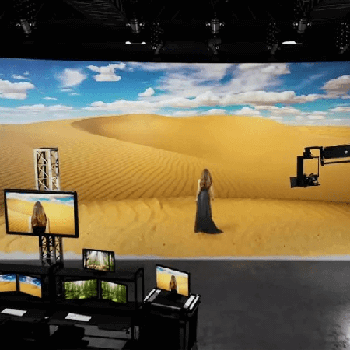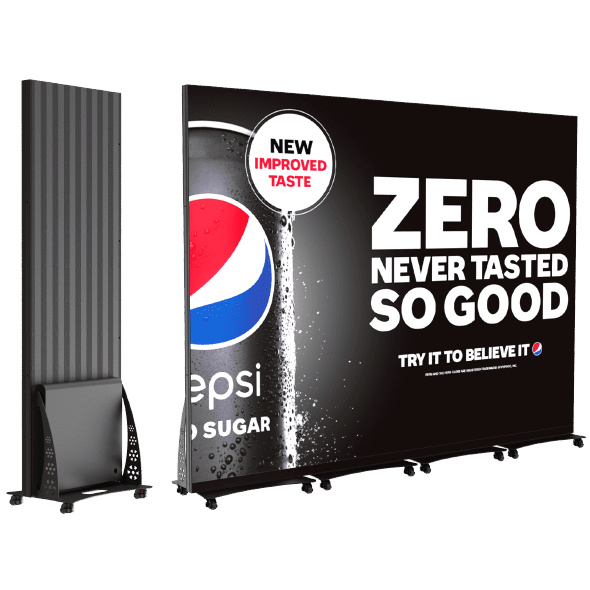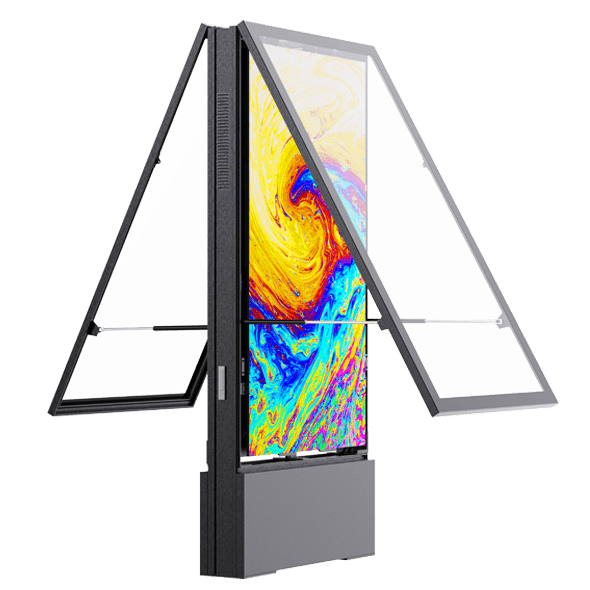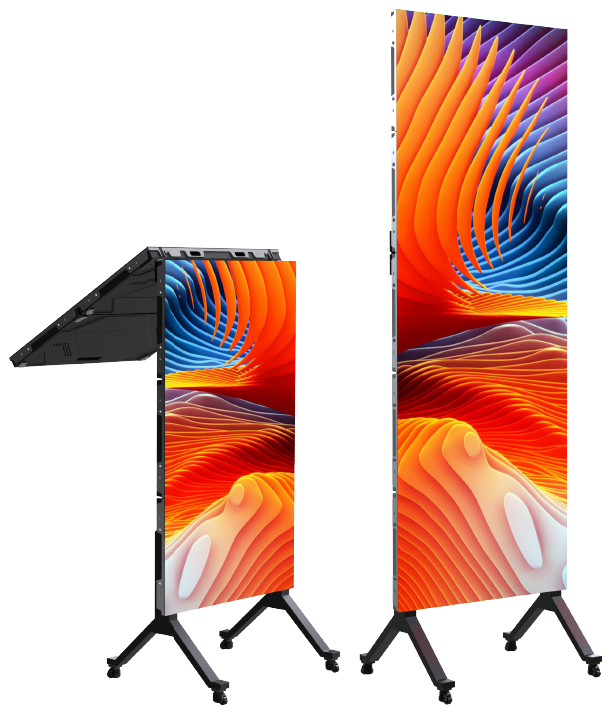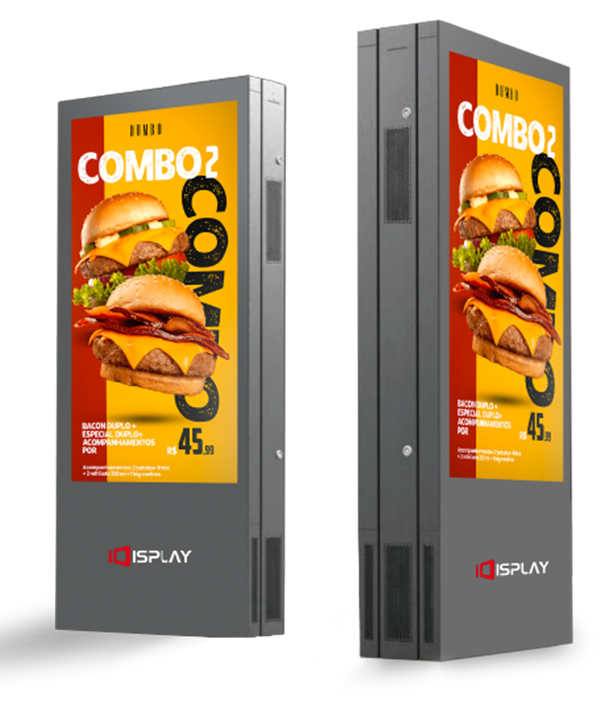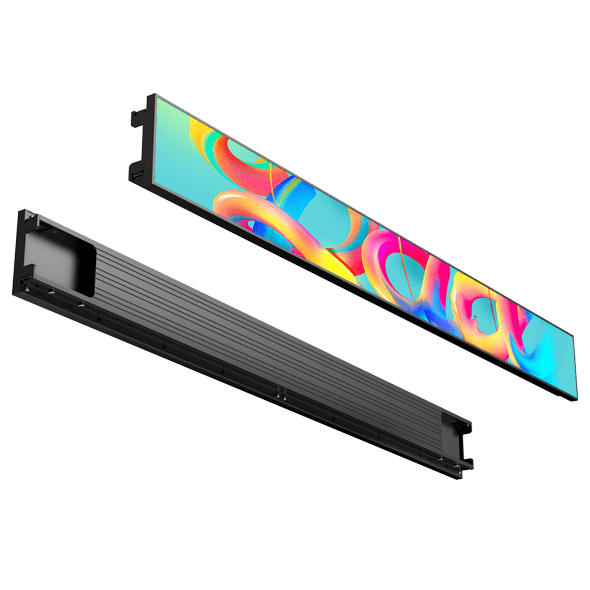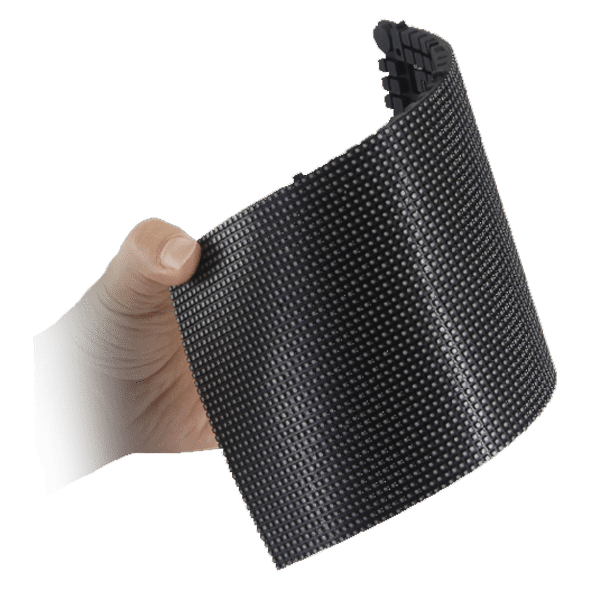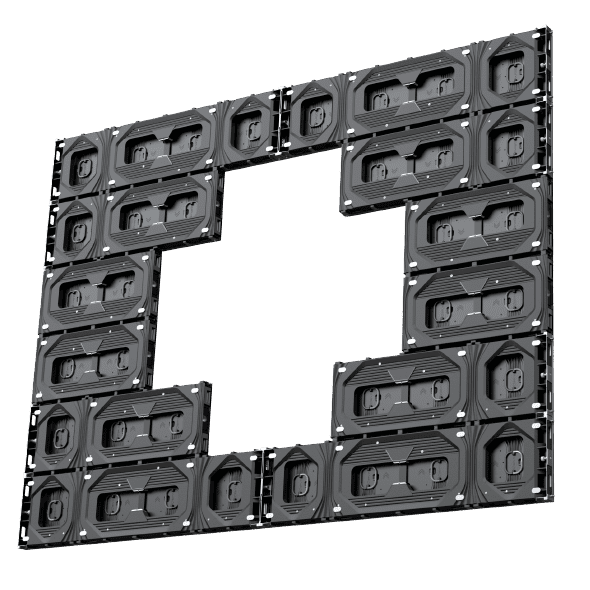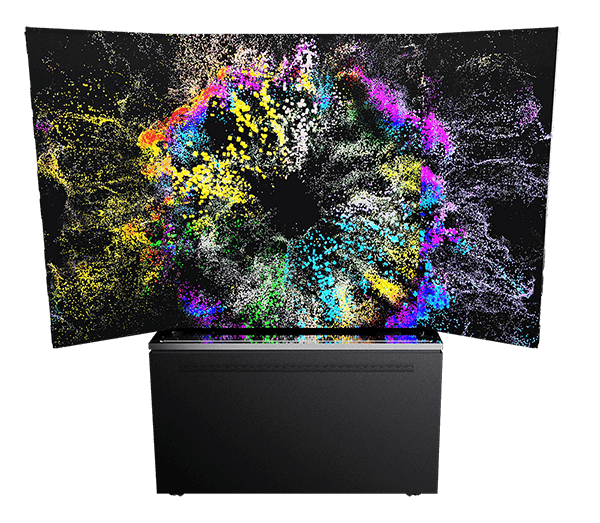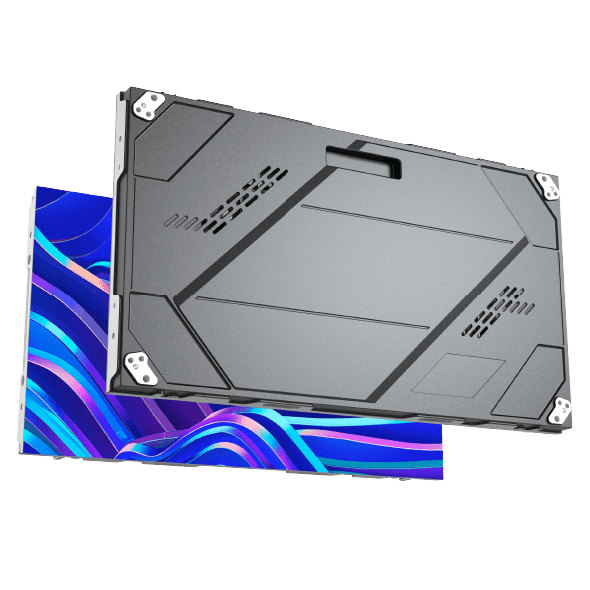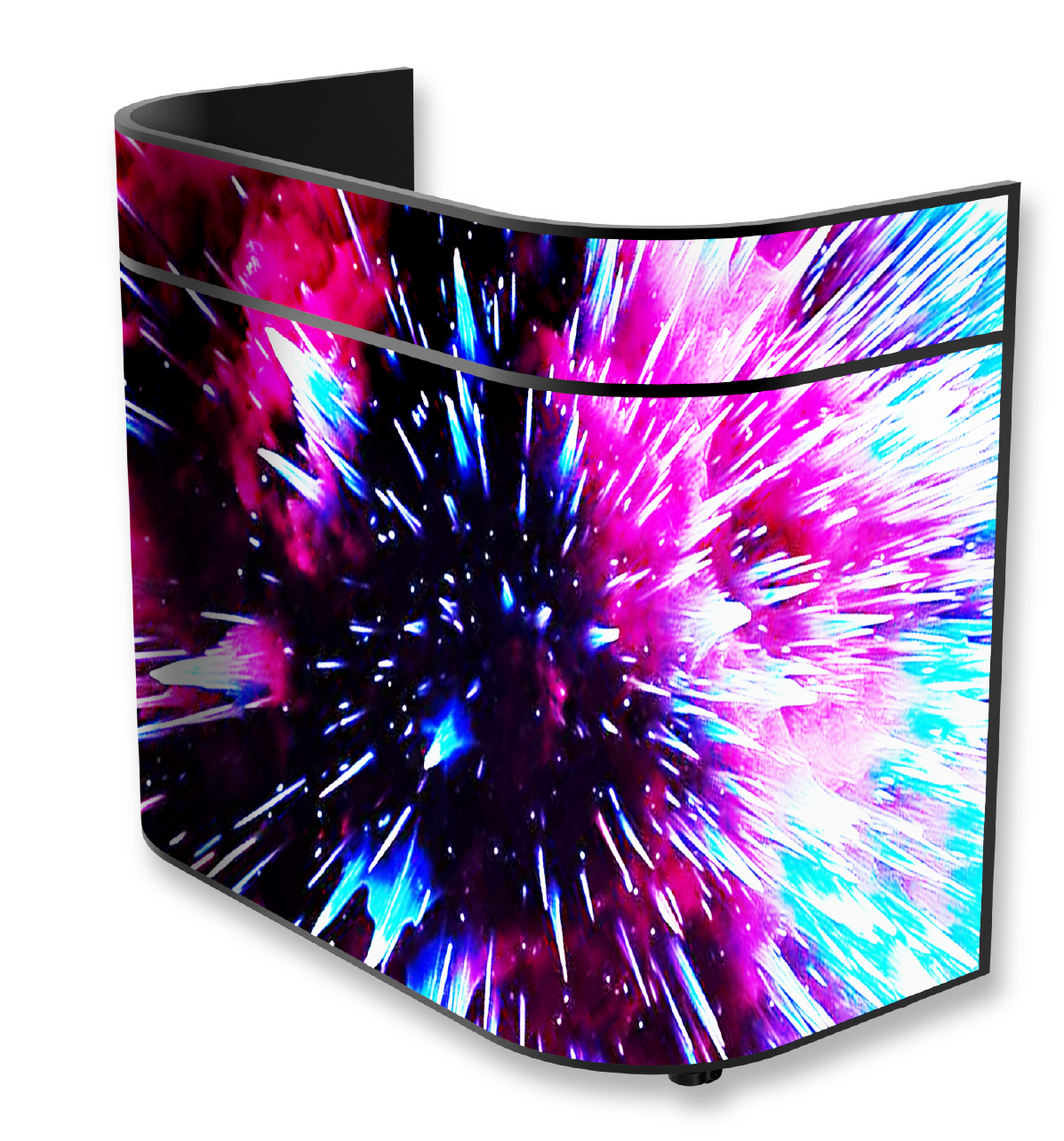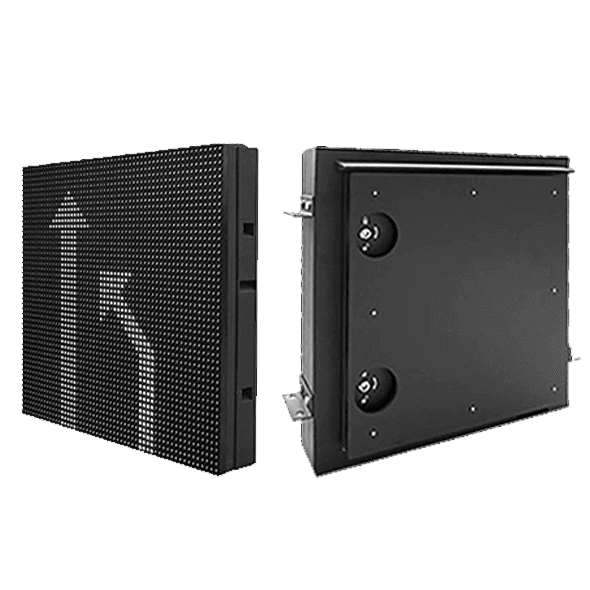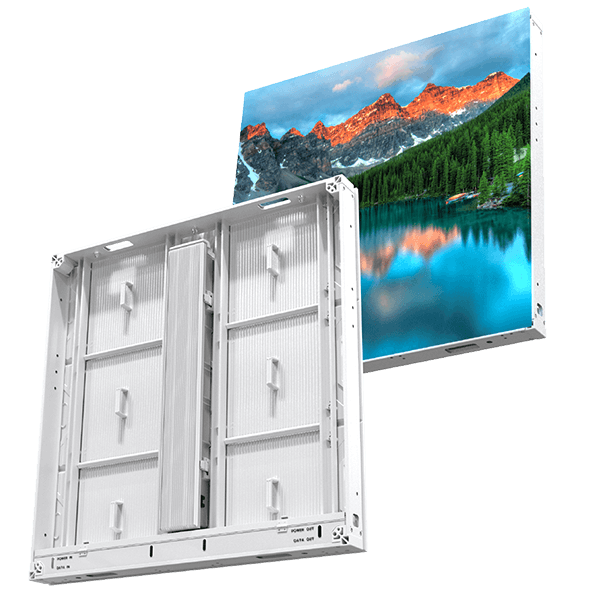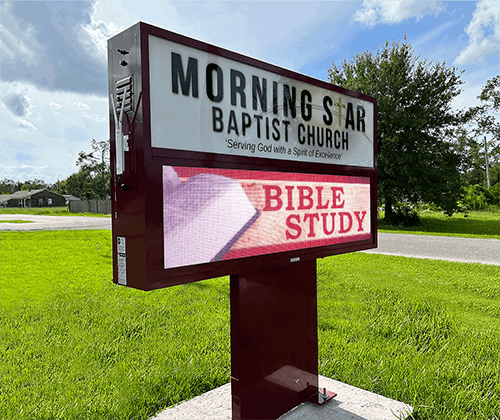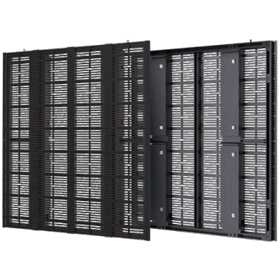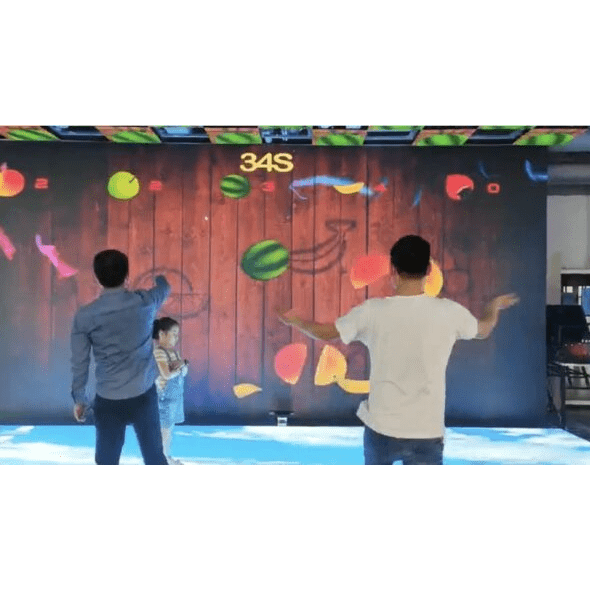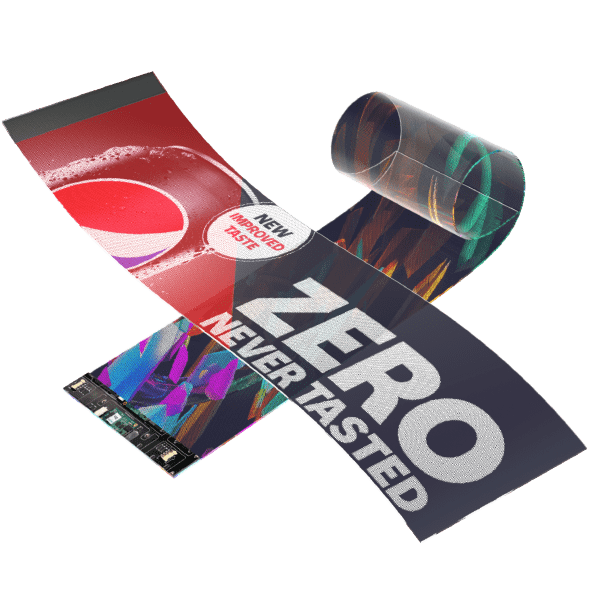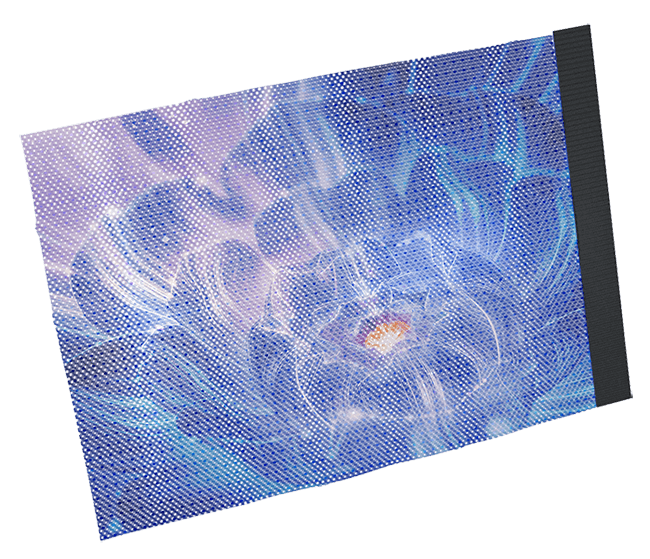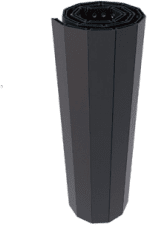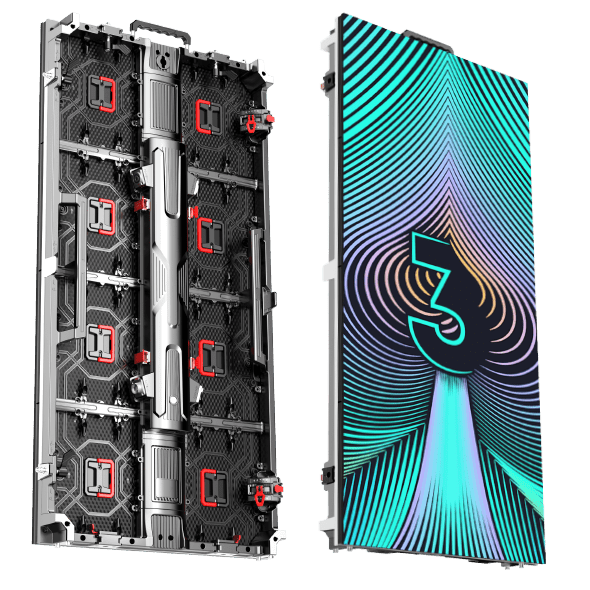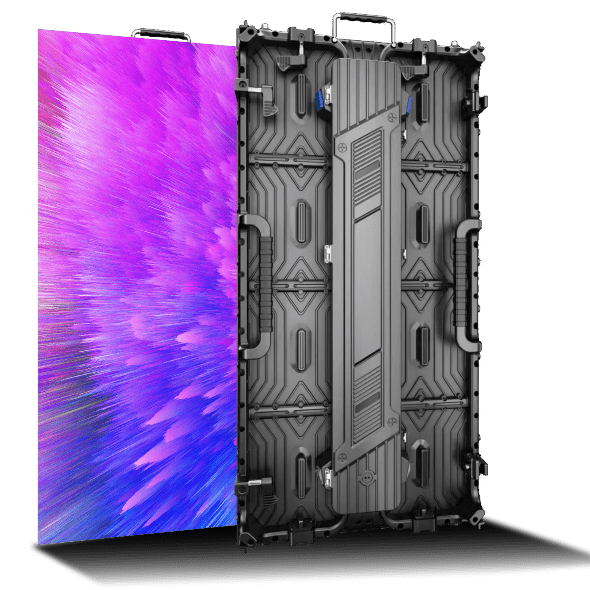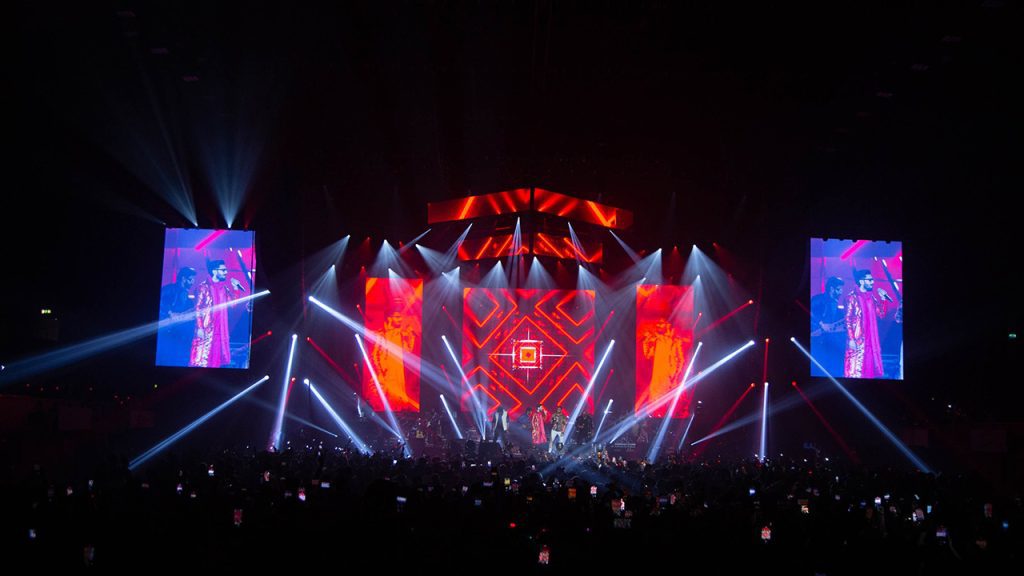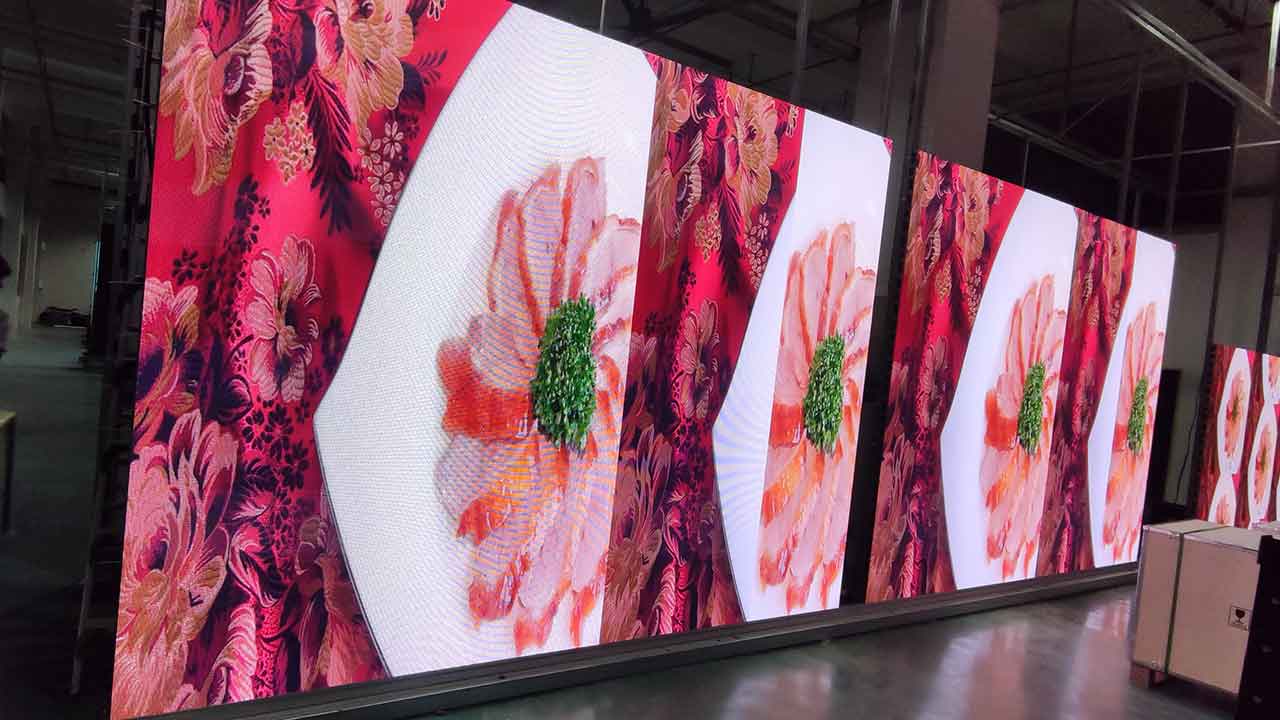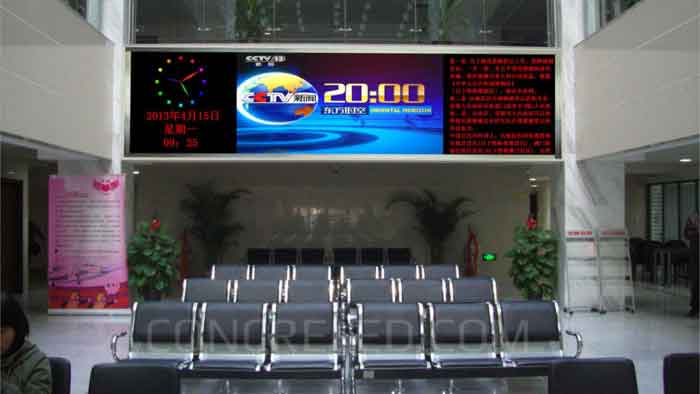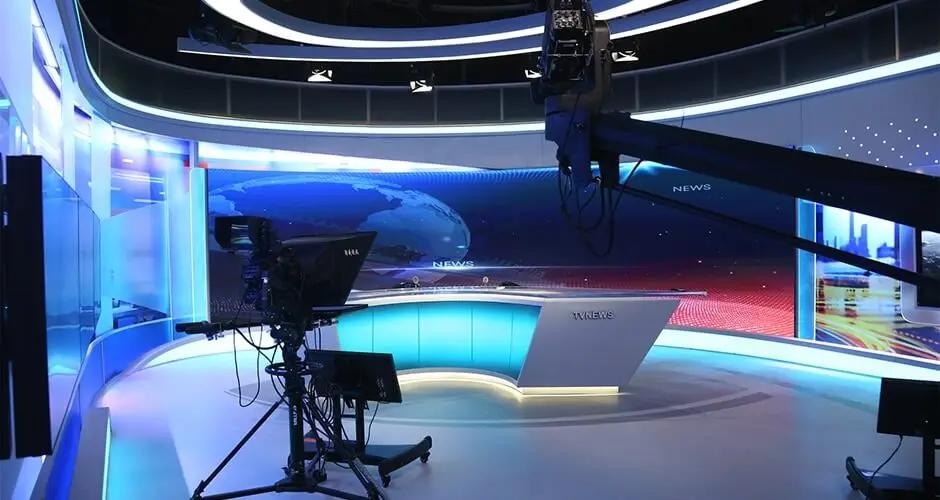
Fine pitch LED screens have become a game-changer in the world of digital displays, offering superior clarity, brightness, and versatility. These screens are increasingly used in a variety of settings, from broadcasting studios to retail environments, thanks to their ability to deliver stunning visuals and immersive experiences. This essay delves into the advantages of fine pitch LED screens, the technologies behind their packaging, and their diverse applications across different industries.
Advantages of Fine Pitch LED Displays
High Definition: Fine pitch LED screens boast a high pixel density, which translates into clearer and more detailed images. This high definition provides viewers with a realistic visual experience, making these screens ideal for environments where image quality is paramount.
Hoge helderheid: The brightness levels of fine pitch LED displays are exceptional, ensuring that visuals remain sharp and visible even in brightly lit environments. This feature makes them suitable for both indoor and outdoor applications where strong ambient light can otherwise compromise screen visibility.
High Contrast: With superior contrast ratios, fine pitch LED screens present images with strong depth and vibrant colors. This high contrast enhances the overall picture quality, making details stand out more effectively.
Naadloos lassen: One of the key features of fine pitch LED displays is their ability to be spliced seamlessly into larger screens of any size. This results in a more complete and uninterrupted visual display, perfect for creating immersive viewing experiences.
Energy Efficiency: Despite their high performance, fine pitch LED displays are energy-efficient, consuming less power compared to other display technologies. This not only makes them environmentally friendly but also reduces operational costs over time.
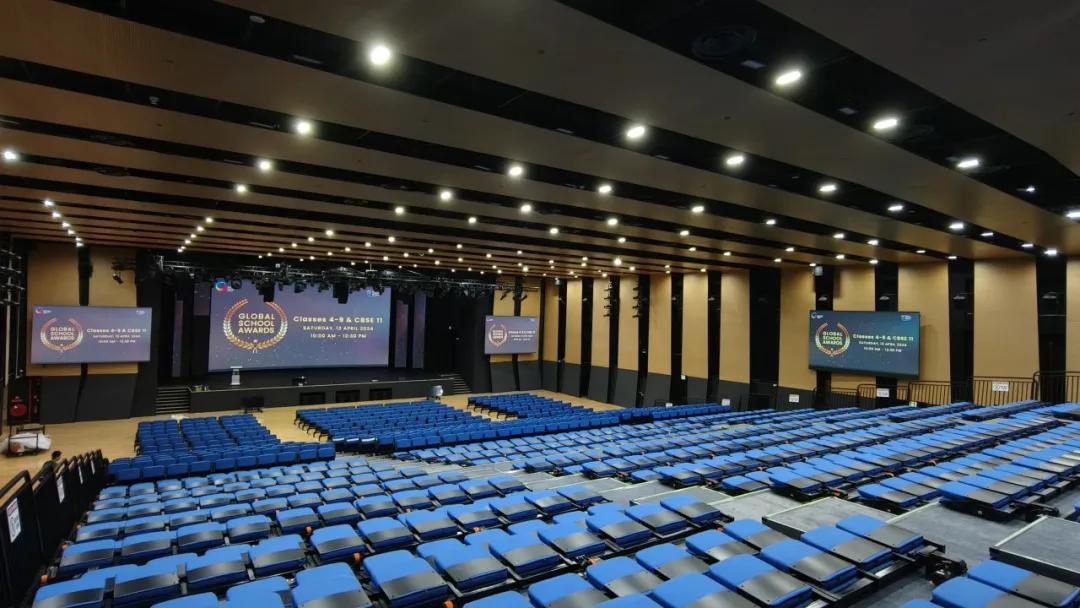
Packaging Technologies for Fine Pitch LED Screens
Fine pitch LED screens utilize various packaging technologies, each with its unique characteristics and advantages:
SMD (Surface-Mount Device): The traditional SMD approach involves packaging individual RGB light-emitting chips into lamp beads, which are then soldered onto a PCB board using SMT (Surface-Mount Technology). These unit modules are then spliced together to form the entire LED screen. While this method is widely used, it has limitations in terms of pixel density and durability.
COB (Chip on Board): COB technology directly solders multiple RGB chips onto a PCB board, creating an integrated film package that forms the LED screen. This method eliminates the need for individual lamp beads, improving luminous efficiency and reliability. COB technology also offers better heat dissipation and longer lifespan, making it a popular choice for high-performance displays.
Common-Cathode Top-COB and Flip Chip: Traditional COB screens have limitations due to electrode and gold wire shading, which can affect the luminous area and reliability. The flip chip technology addresses these issues by removing the need for gold wire welding, resulting in a larger luminous surface and higher efficiency. This leads to enhanced reliability, better heat dissipation, and the potential for true chip-level spacing.
MIP (Mini/Micro LED in Package): MIP technology involves cutting light-emitting chips into smaller blocks to form individual devices. These are then optimized for light splitting and mixing, ensuring color consistency and reducing rework costs. MIP technology supports various pixel pitch applications, making it versatile for different display sizes and formats.
GOB (Glue on Board): GOB technology offers an ultra-high protection level by applying a layer of glue over the LED surface. This provides protection against water, dust, and impacts while improving color contrast and reducing visual fatigue. The frosted surface effect also transforms the display from a point light source to a surface light source, enhancing the viewing experience.
Applications of Fine Pitch LED Displays
Fine pitch LED displays are used in numerous settings, offering tailored solutions for various industries:
Broadcasting and Television Studios: Fine pitch LED screens are used in studios as background walls, virtual sets, and control room displays. Their high definition ensures that they deliver crisp visuals for live broadcasts and program production.
Security Monitoring: In monitoring centers and command centers, these screens provide real-time, high-resolution displays of surveillance footage, enabling better security management.
Meeting Rooms: Fine pitch LED screens are ideal for conference displays and video conferencing, offering clear visuals and an interactive experience. They enhance communication and presentation effectiveness in corporate and educational settings.
Exhibition Displays: In exhibitions and museums, fine pitch LED screens are used to create engaging and immersive displays for products and exhibits, capturing the audience's attention with stunning visuals.
Commercial Retail: Retailers use fine pitch LED screens in shopping malls and stores to promote products and release advertising information. These displays attract customers and enhance the overall shopping experience.
Transportation: Airports, train stations, and subways utilize fine pitch LED displays to provide real-time information such as flight schedules, train timings, and traffic conditions, facilitating smoother travel experiences for passengers.
Other Venues: Fine pitch LED screens are also found in hotels, hospitals, educational institutions, and government agencies, providing high-definition displays for various information and communication needs.
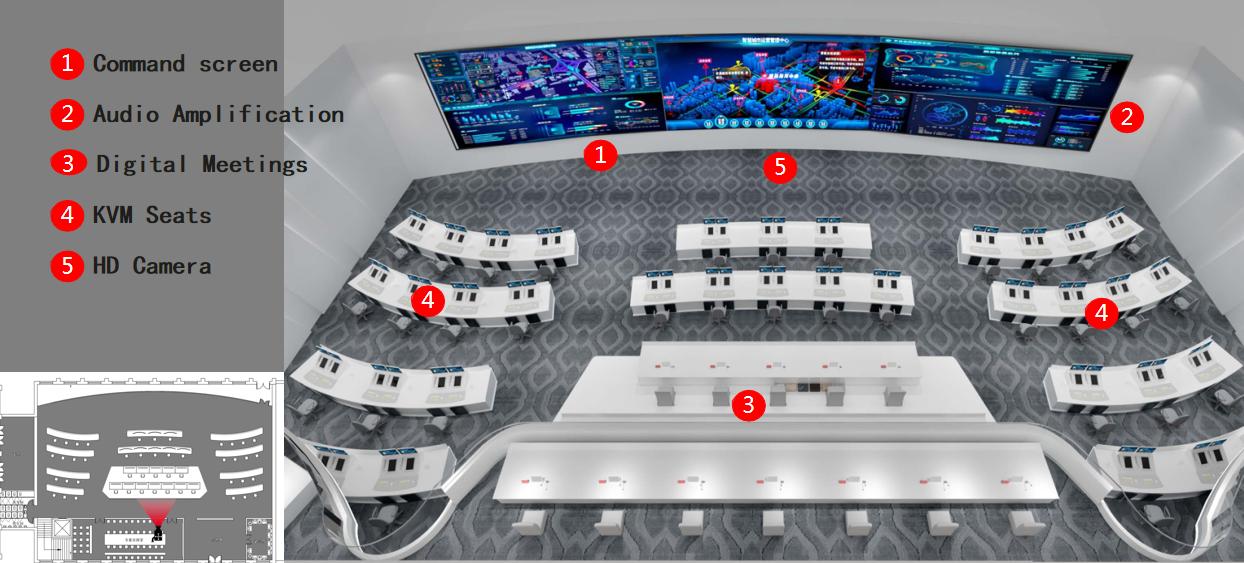
Conclusie
Fine pitch LED screens are redefining the possibilities of visual displays, offering high definition, brightness, contrast, and energy efficiency. Through advanced packagingtechnologies like COB, MIP, and GOB, these screens deliver superior performance and durability. Their wide range of applications across industries—from broadcasting to retail and transportation—demonstrates their versatility and transformative impact. As technology continues to evolve, fine pitch LED screens are set to become an even more integral part of our visual landscape.

